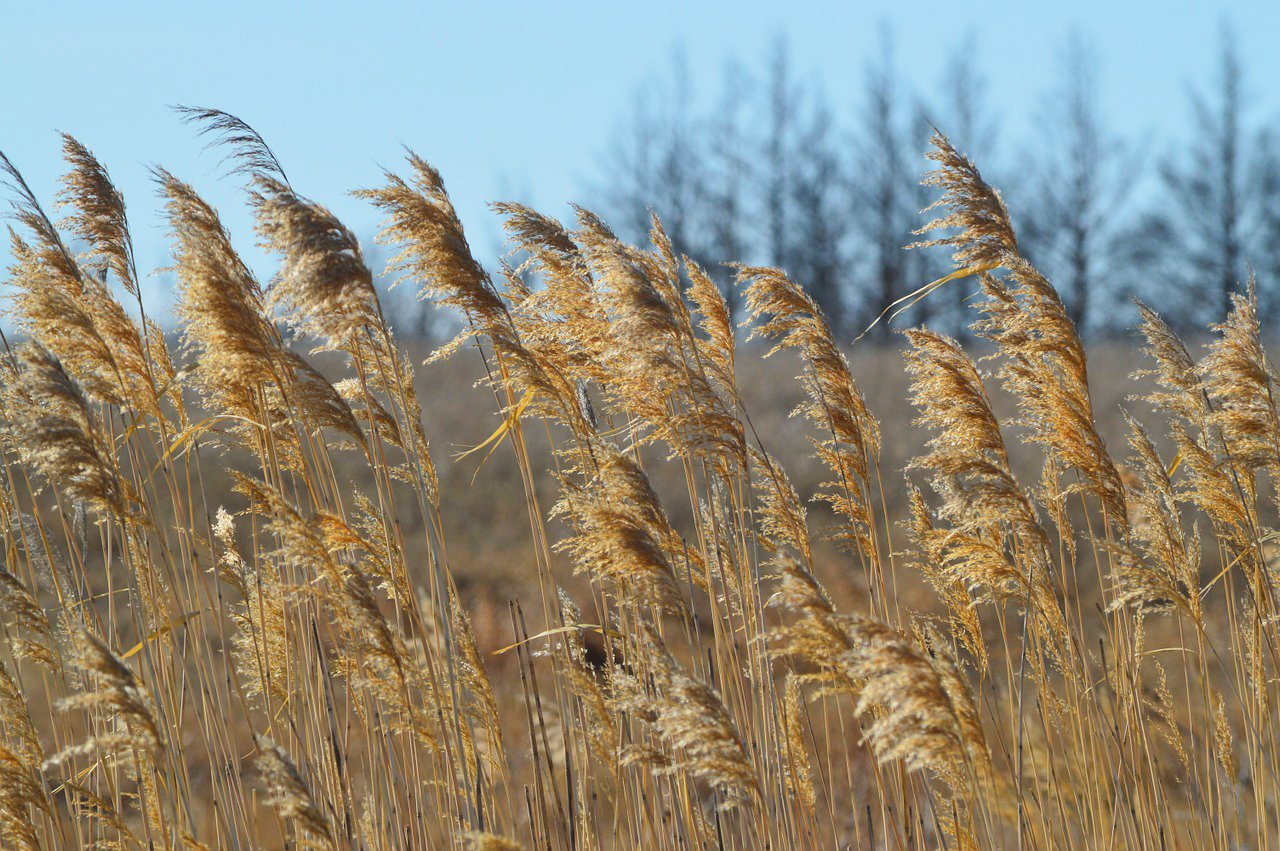The work of a consultative group of experts in agriculture, food, and environmental issues has been recognized as one of 10 finalists for the Rockefeller Foundation’s Food System Vision 2050 Prize, chosen from over 1300 submissions from around the world. The finalists will share a US$2 million prize.

The group collaborated with community partners and the University of Manitoba to propose a 30-year vision for Treaty Four Territory, which covers a large portion of the southern Canadian Prairie Provinces. kwayeskastasowin wahkohtowin: A 2050 Food System Vision for Treaty Four Territory aligns changes to the area’s food system with the process of reconciliation between Indigenous and non-Indigenous populations. The Cree phrase kwayeskastasowin wahkohtowin can be translated as “setting things right by recognizing the relatedness of all things.”
Paul Hanley, who is lead writer for the project, found that Baha’i principles helped him to contribute key concepts to the vision. Unity is one of the core concepts, as they state: “We believe that creating a just and sustainable agrifood system is dependent on the unity of the people who contribute to and depend on that system.”
Now chosen as a finalist, the group is going through a 90-day accelerator phase, in order to map out a detailed plan to realize their vision. Guided by expert advisors assembled by the Rockefeller Foundation, they are shaping a narrative to communicate the vision with stakeholders in Treaty Four and the wider prairie region.
The group began by focusing on colonization as one of the main problems undermining the sustainability of the food system. The process of colonization, including the decision made in the 1870s to divide the prairies into a vast grid of privately-owned farms, dramatically altered the region’s biome. This process not only transformed ecosystems into farms dominated by monocultures, but also dislocated the Indigenous population and their traditional way of life, their economy, and their culture. The contemporary agrifood system is considered unsustainable.
The current population of the area is approximately 500,000, of which some 15% are Indigenous. There are also 35 First Nations reserves. The Indigenous population is currently resurgent as growth rates suggest that the Indigenous people will again become the largest population group by mid-century.
Overcoming racism and building a collective vision of the future through a grassroots educational process will be part of a profound shift in culture that is required for transformative change. The transformative shift envisioned honours the principles underlying Treaties, and ensures that Indigenous peoples will have the opportunities and tools to access traditional lands in order to gather and produce food and medicines. It is also envisioned that this process will help revitalize rural communities and create incentives for youth to stay and work locally. In addition, the vision aims to conserve and restore grassland and parkland ecosystems and wetlands.
The project team has identified more than 50 extraordinary activities already underway in Treaty 4 territory that ground the vision in reality. The group plans to draw insight from the experience of these emergent activities and to collaborate with multiple stakeholders in a 30-year project to realize the vision.
“As we worked on this vision and began to study current innovations we realized that everything that needs to be done to make a sustainable, just, and equitable food system is already being done by individuals and groups somewhere in the prairie region,” says Hanley. “We hope to use the awareness created by the Rockefeller Prize to amplify these existing signals and trends.”

